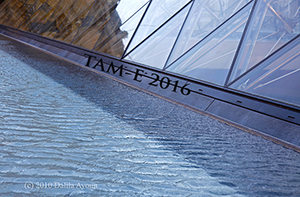This study contributes to testing Lardiere's (2008, 2009) Feature Reassembly Hypothesis, in which, when a set of features is available in two languages, the L2 learning process consists of re-assembling formal and semantic bundles in the L2 lexicon. In contrast, for instance, the Interface Hypothesis claims that the syntax/semantics/pragmatics interfaces constitute vulnerable areas leading to long-term variability (Sorace, 2011).
Considering L2 Spanish learners with closely related L1s (French, Portuguese) regarding the acquisition of past tenses, we aim to identify factors associated with variability, such as negative transfer or interface integration. To this end, we report data on the acquisition, by adult L1 French and Portuguese learners at A2, B1, B2 and C1 CEFR levels (n = 20-24 per level), of Spanish tense-aspect morphology: simple and compound past (SP, CP), imperfect (IMP) and progressive (PROG) forms, and from a control group of European Spanish speakers (n= 20).
SP and CP exist in the three languages but, unlike its French counterpart, the Spanish CP is not a narrative tense and, unlike in Portuguese, the European Spanish CP is a hodiernal past. IMP has similar functions in the three languages. PROG use is similar in Spanish and Portuguese, but has severe restrictions in French.
Data was collected through a film oral retell and two written interpretation tasks. In one of the interpretation tasks, the reaction times were recorded as potential indicators of processing difficulties. In the oral task, comparing both L1 groups, negative transfer is more pervasive for the Portuguese group. However, in the interpretation tasks, the opposite is true. Difficulties were linked not only to L1 transfer, but also to non-prototypical tense/aspect associations and pragmatically based temporal reference.
Thus, although both feature reassembly and interface integration are sources of variability, L2 interpretable features are acquirable if they are present in the L1.

 PDF version
PDF version
